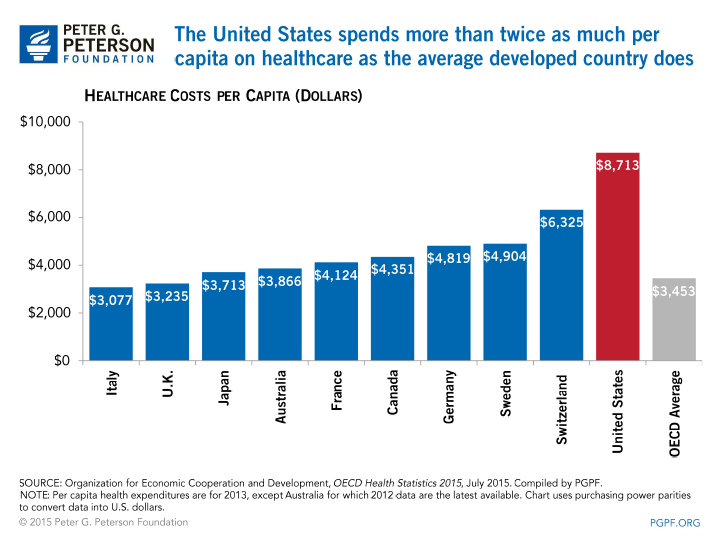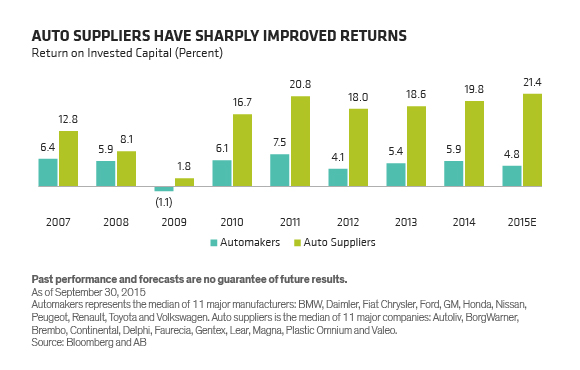Crude oil prices fell to a six-year low today and traded under $37 today.Prices of other commodities such as Iron Ore, Copper, Coal, etc. have also declined heavily in the past few months hurting miners. The S&P 500 is flat year-to-date. Though the US market has been through trials and tribulations over the past 11 months, it has gone basically nowhere based on S&P 500 returns. Though US stocks are poor performers until so far this year many developed European markets had decent gains.
Some investors may be tempted to abandon the equity market. However that is not a good idea now. Here are three factors to consider before avoiding or selling stocks:
- A few months ago world equity markets declined sharply due to the collapse of Chinese stock markets. However after China implemented policies to prop-up the equity markets, global markets recovered quickly within a short period of time. At one point during the China-triggered panic it seemed that China may push the global economy into a recession and may even cause a new Global Financial Crisis. But when investors realized that China can’t possibly trigger a worldwide meltdown, they returned to the markets. So simply dumping stocks because of China fears is not a wise move.
- Though crude oil prices have plunged to multi-year lows, oil is one of the most volatile commodities in the world. So investors should take that into consideration before making any buy or sell decisions during high volatility.
- Even when commodities and oil prices decline, there are winners and losers. For example, lower oil prices benefit heavy users of oil such as chemical manufacturers because oil is one of the major ingredients in the manufacture of chemicals.
Investors looking to deploy cash at current levels can consider researching some of the stocks mentioned below for potential additions:
Technip (TKPPY) – Most firms in the Oil Equipment & Services sector have seen their stocks crushed in the past year or so due to lower oil prices. France-based Technip is no exception. But trading under $12 now it is a good long-term bet since the order book is strong and the company took decisive actions recently including worker layoffs.
Bancolombia SA(CIB) – Colombia bank has a 4.98% dividend yield and currently trades at around $24 a share. The stock has fallen sharply recently since Colombia is a big oil producer and exporter.In addition, the decline in the value of peso has also contributed to fall in share price.
DBS Group Holdings Ltd (DBSDY) – Singapore-based bank has been affected due to the its exposure to China. But DBS is a strong bank with a solid management and has growing operations in other Asian countries outside of China.
Some of the other stocks that investors can keep on their radar ar: Empresa Nacional de Electricidad S.A. (EOC), Legal & General Group Plc (LGGNY), Fresenius Medical Care AG & Co. KGAA (FMS),LyondellBasell Industries N.V. (LYB) and BASF SE (BASFY).
Disclosure: Long TKPPY and CIB


